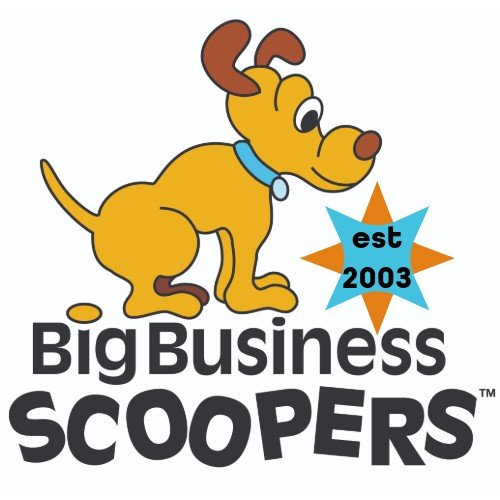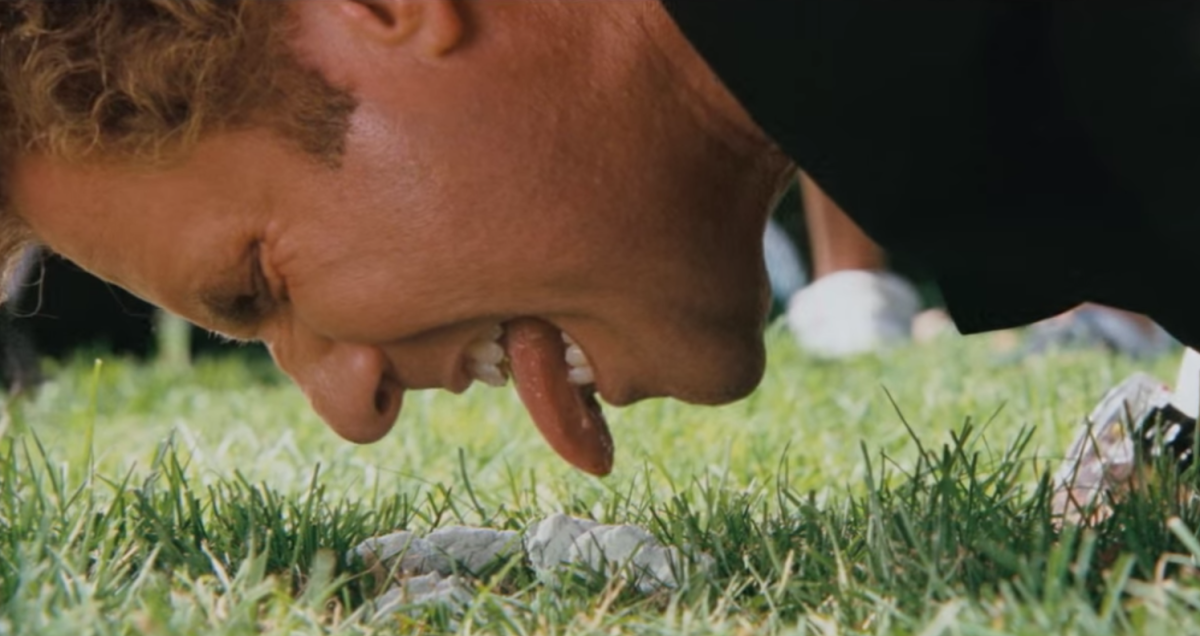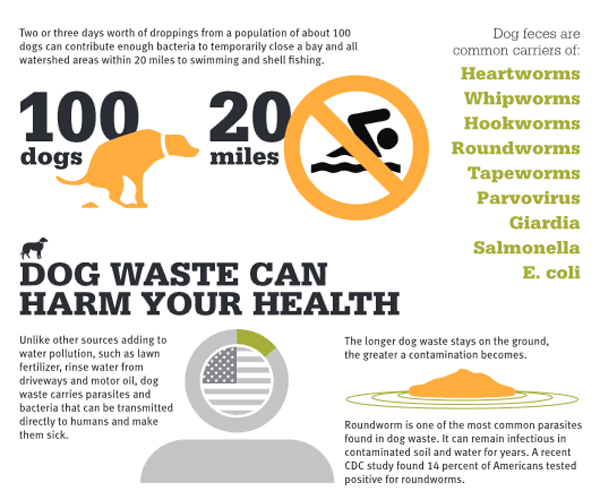Do you ever wish it were possible to catch and penalize people who don't pick up their dog's poop? Well, in thousands of managed communities across the nation, not only is it possible but it's a reality. PooPrints is an effective pet waste management program, matching unscooped waste to the canine offender through DNA. How does it work? It's astonishingly simple. Every dog owner on a participating property is required to register their dog on PooPrints' DNA World Pet Registry with a cheek swab. Then, when unscooped waste is found, a small sample is collected and sent to the lab to identify the source. Residents are fined for every offense and PooPrints reports that properties see up to a staggering 95% reduction in waste!
Needless to say, we had to find out more. So we linked up with Debbie Huff of PooPrints of Philadelphia LLC which serves Pennsylvania, New Jersey and Delaware. Here is what we learned:
BBS: Who founded PooPrints and what is the story behind their idea?
DH: PooPrints was founded by BioPet’s Science team in 2008. BioPet was functioning as an outsourced Veterinary/Pathology Lab. We had a scientist that had recently moved to town living in an apartment community who saw the excess waste problem on the property. Then one morning the scientist herself accidentally stepped in a mess. She came into the office and said that there had to be a way to determine who left the waste. At that time the team started to do some research on extracting DNA from fecal matter and PooPrints was born. From there Tom Boyd, CEO of BioPet, and team discovered the need in the multi-family community and set out to develop a network of distributors.
BBS: What is the #1 concern that you hear from interested property managers? How do you best address it?
DH: Other than cost…the most common question is, “How much time is involved in getting the program started at a location.” There is a little extra time involved in starting the program because a DNA sample needs to be taken from each dog on the property. Once management is trained on how to take a DNA sample they find out it only takes around 7-8 minutes to complete. Not much time at all and it only has to be done once. And when the benefits of PooPrints is explained to the resident during the DNA testing process, most locations find that their pet waste problems decrease by 75% because the program works great as a deterrent. This frees up management time because they find they have a significant reduction in time they have to spend in handling pet waste issues and questions.
There is a onetime charge for a DNA test for each dog that lives on the property. This cost can be less than the price of a large bag of dog food. The DNA testing cost can become a part of the pet fee a location may charge.
BBS: Do resident pet owners at participating properties ever balk at the idea of registering their dog for this purpose? How do you handle this issue (if it is one)?
DH: As a whole, most residents are thrilled to see PooPrints come to a property. Once the program is explained to residents, pet owners and non-pet owners see that it will hold dog owners accountable for doing the right thing in regards to picking up pet waste. Normally the pet owners that may balk at the program are the owners not currently picking up the poo and they know they are finally going to be held accountable. Dog Poo on a property doesn’t only cause “curb appeal” issues, it can also cause disease and parasite problems for other pets and children on the property. By explaining these concerns, management can usually overcome issues.
BBS: When unscooped dog waste is found who is usually the one to collect and submit it to your lab for analysis? Residents, maintenance crew?
DH: If a property has a maintenance staff, they are usually trained to collect the poo and how to submit the sample to our lab. In locations where there is not a maintenance staff the management may collect the sample. At condos, I often find that a “dog committee” is usually formed and someone on that committee may collect the sample. There are many ways to implement the program; implementation can be customized for the size and type of the managed community using PooPrints DNA pet waste management.
BBS: About how many accounts do you have open in New Jersey? As the most densely populated state I’m sure it has a particular need for this service, am I correct?
DH: PooPrints has over 3,000 managed communities using our program in the USA. We can also be found in Canada and Europe. There is a growing concern about pet waste runoff into our waterways. With the dense population of NJ and the many waterways, NJ has a real need to control pet waste and safeguard our environment.
BBS: We all know that the best thing about a dog business are the dogs. While you may not deal with dogs directly on a daily basis, you surely have a cute/funny/unusual story to share...
DH: One of my favorite stories came from a property manager at an apartment that had a pet waste issue for years. She found out about PooPrints off the internet and called me about starting on the program. The announcement to start the program was sent out to residents on a Friday and she told me over the weekend residents were outside with buckets picking up their dogs waste. The following spring, the PM told me it was the first time in over a decade that when the snow melted, their lawn was not covered in pet waste! What a success story!
One of the hidden benefits of PooPrints is our free lost and found service. Our lab has stated they get a call a week to help get a lost pet back to its owner!
BBS: What is the ultimate, pie in the sky goal that PooPrints is trying to achieve and what active steps are they taking toward that end?
DH: PooPrints functions on three pillars. Promoting responsible pet ownership, protecting and expanding Pet Access, and safeguarding the environment. Our program focuses on accountability, but also allows for more dogs to live more places. Our vision for PooPrints is that it becomes a pet amenity, industry standard in the multi-family community. The program will allow for breed, size, and pet restrictions to be lifted. We see PooPrints paving the way to educate the masses on the additional benefits of DNA Registration, ultimately becoming a solution for municipalities. We take our science seriously and we are always evaluating our service and program to ensure that we are meeting the quality standards and ease of implementation that our clients demand. To assist in helping achieve these goals we are working to add value and resources within our technology that allow our communities and resident to understand the health and wellness of their pet. This gives our customers the added benefit of living in the digital age with their canine, and positions PooPrints to be the trusted resource in Waste management and pet health.
For more information about PooPrints please visit their website:




















